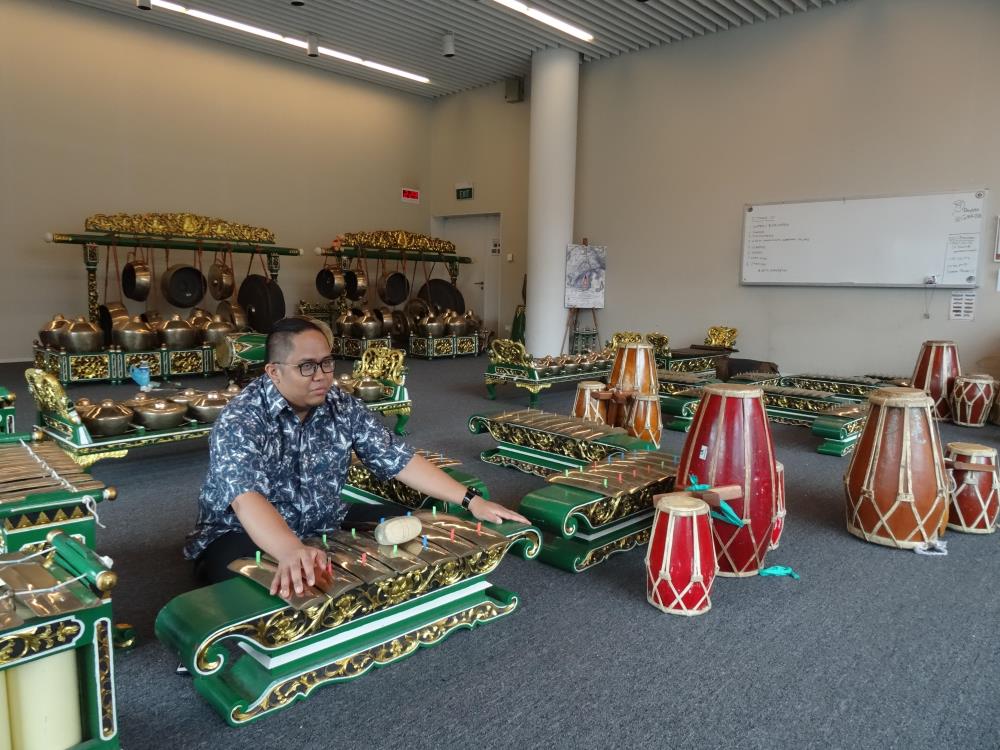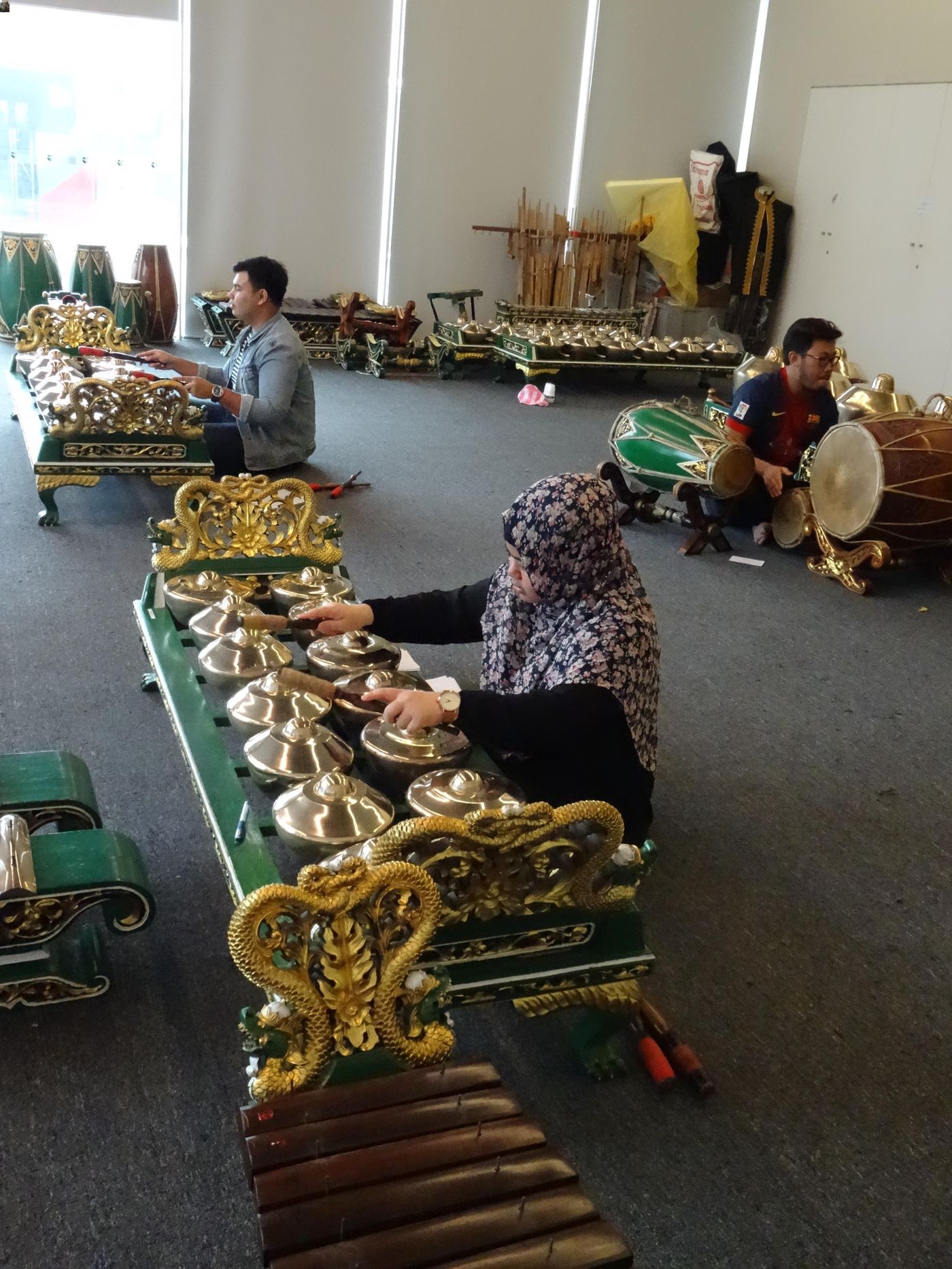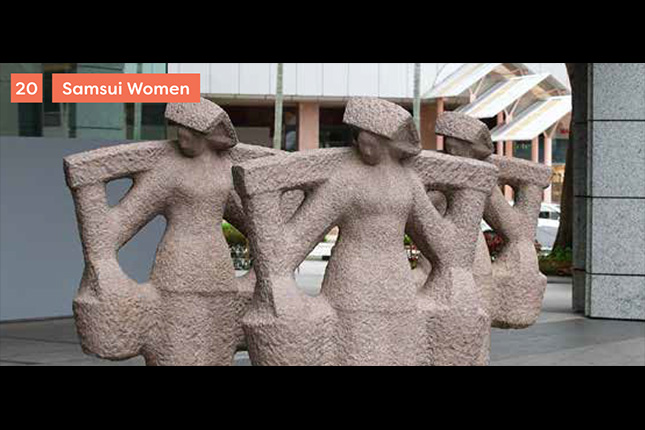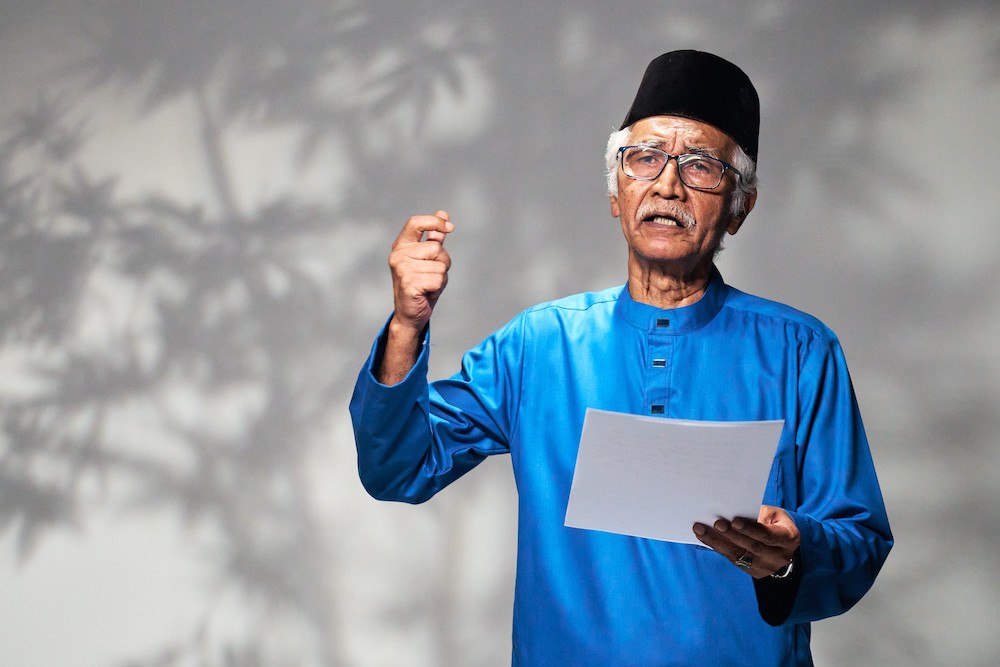Gamelan Music
Gamelan is a genre of ensemble instrumental music that has its origins in the Indonesian regions of Bali and Java. Instruments such as drums, gongs, metallophones, flutes, and spike fiddles, as well as singing feature in gamelan music. Many of the instruments are percussive—they are struck to produce sound. Indeed, the word gamelan comes from the Javanese gamel, which means “to strike” or “to handle”. A gamelan ensemble typically has at least five people. Gamelan performances may take place at ceremonies and celebrations such as weddings, or accompany dance and theatre such as the wayang kulit, the traditional shadow puppet theatre.
Geographic Location
Gamelan music is practised in Southeast Asian countries including Indonesia, Malaysia and Singapore.
Gamelan may be grouped into Balinese and Javanese styles as well as regional styles within them, such as Sundanese (or West Javanese). There is also gamelan melayu, which came about through marriages between Malay and Javanese royals in Pahang, Malaysia.
In Singapore, archival records show that gamelan music has been present for over a century, and played across various performing arts spaces.
Communities Involved
In Singapore, there are communities and groups practising the Javanese, Balinese, and Sundanese styles, although the Javanese style has been here the longest. These communities have their own distinct cultures, even though they are often counted as part of the Malay community in Singapore. Regardless of the different origins, contemporary gamelan can be played by Singaporeans of all ethnicities.
Associated Social and Cultural Practices
Gamelan may be played traditionally, such as in a traditional Javanese gamelan performance. It can also be played in a contemporary-fusion style or to perform new compositions.
Learning gamelan is a communal experience. Gamelan is not difficult to learn, although it takes a long time to master the skills. As a group experience, gamelan conveys a sense of community. Gamelan groups operate on an “open-door” concept, accommodating the needs and availability of their members. Regular rehearsals are required before a performance. Nowadays, music notation is used in teaching, although gamelan is traditionally taught orally and aurally.
Multi-cultural influences in gamelan include the incorporation of Malay and Chinese folk tunes. Some schools have adopted the international system for tuning the gamelan ensemble than the traditional Javanese slendro or pelog tuning systems so the orchestra can incorporate both Southeast Asian and Western instruments.
Gamelan instruments cannot be purchased in just any music shop. They are usually custom-made in Indonesia. A set of instruments is considered by the Javanese to be a pusaka, or heirloom, that should be treated with care. In Singapore, gamelan musician Mr Faezan Redwan instructs his students to walk around and never over the instruments, partly as a sign of respect and partly for safety.
Experiences of a Practitioner
Mr Faezan Redwan’s journey as a gamelan musician began around 2004 or 2005 under Professor Jan Mrazek from the Southeast Asian Studies Department at the National University of Singapore. Mr Faezan met Professor Mrazek in his quest to help his grand-uncle search for a family heirloom—a small gamelan set that had been brought over by Mr Faezan’s late grandfather and his brothers from Indonesia to Singapore. Although Professor Mrazek did not know where the gamelan set was, he encouraged Mr Faezan to learn the gamelan for his grand-uncle’s sake. Mr Faezan, who identifies himself as Javanese in ethnicity, took up the challenge and now enjoys practising an art form belonging to his ancestors.
Sometime around 2011 or 2012, Mr Faezan joined Gamelan Asmaradana, a group which promotes appreciation and awareness of gamelan. As a teacher himself, Mr Faezan sees the value of the gamelan in preserving kampong spirit. He also wishes to safeguard both the physical gamelan instruments, and the traditional method of teaching gamelan, orally and aurally. Through his teaching, Mr Faezan plays an important role in ensuring that the knowledge of gamelan is passed on to the next generation. Practitioners like him help make it possible for future generations to fully experience traditional art forms like gamelan.
Watch: Gamelan
Present Status
Although gamelan is not part of mainstream popular culture in Singapore, new generations of practitioners continue to emerge. Some secondary school students learn to play gamelan during music lessons, or as co-curricular activity.
In addition, gamelan groups such as BronzAge Gamelan, a music group dedicated to the performance of both traditional and contemporary gamelan music, and Gamelan Asmaradana, continue to promote and raise awareness on gamelan music. This includes facilitating gamelan teaching, performances, and workshops.
With the presence of both school-affiliated groups and private gamelan groups, in addition to how many Singaporean gamelan musicians are youths between the ages of 18 and 35, it suggests that the knowledge of gamelan will continue to be transmitted for years to come.
References
Reference No.: ICH-052
Date of Inclusion: March 2019
References
Dairianathan, E. “Musical practices of the Javanese gamelan.” In Dairianatham, E. and Phan, M.Y (eds), A Narrative History of Music in Singapore: 1819 to the Present, MusicSG, 2005.
Gulam-Sarwar, Yusof. One Hundred and One Things Malay. Singapore: Partridge Publishing, 2016.
Sumarsam.“The Musical Practice of the Gamelan Sekaten” Asian Music, 12 (2): 54-73, 1981.
Sumarsam. Javanese Gamelan and the West. New York: University of Rochester Press, 2013, 2013.
















